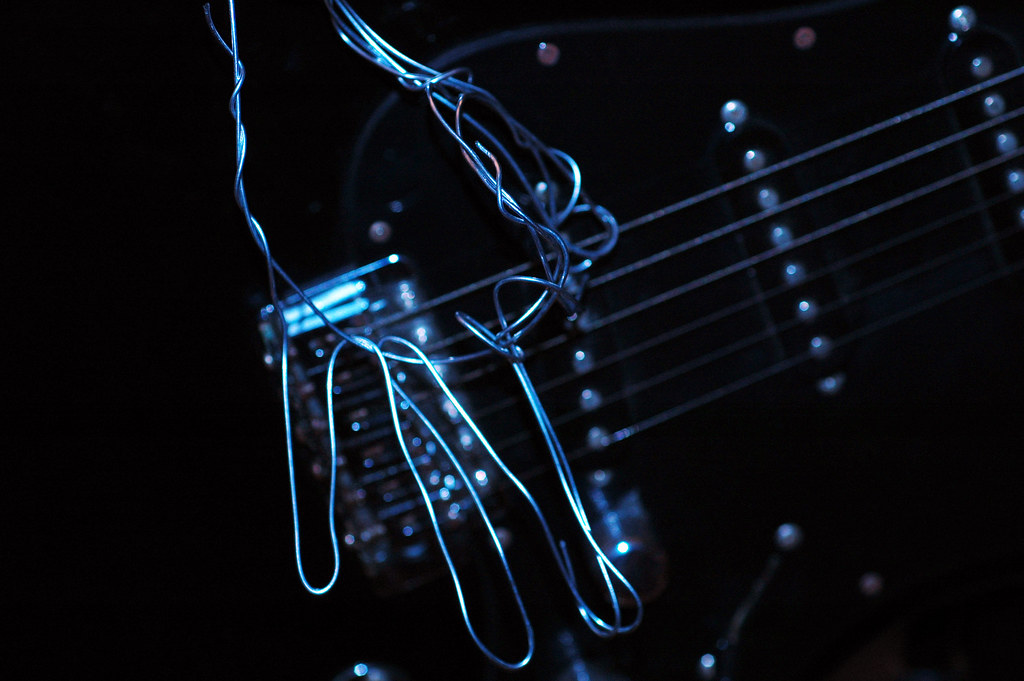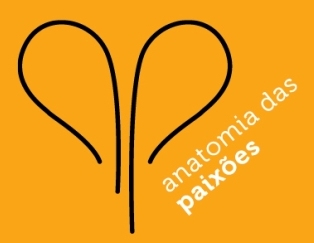Abstract
In recent years, there have been an increasing number of scientific investigations into art, exploring what actually happens in the brain during the creative process. Most of these collaborations have been based in neuroscience and psychological approaches to how art is perceived, produced and created, with music the main focus of studies carried out to date. These studies have yielded important new information that relates to a very basic fact of human biology: all behavior, even that as complex as creativity, can be linked to brain function. Building on this fundamental linkage, the neurobiology of art promises to yield exciting new insights as this research field evolves. Creative behavioral patterns are likely to be a critical component for developing the neurological capacity for innovation.
Salzburg Session 547 calendar and intro highlights
Concluding remarks
Session 547 Neuroscience and Arts came to an exciting and optimistic end on Thursday February 26.
After hammering out their resolutions and preparing their presentations in the morning, the focus groups reported to the final gathering of Fellows in Parker Hall. One key theme emerging from the conclusions was how to improve collaboration between scientists and artists.
After hammering out their resolutions and preparing their presentations in the morning, the focus groups reported to the final gathering of Fellows in Parker Hall. One key theme emerging from the conclusions was how to improve collaboration between scientists and artists.
Here are some of the main points:
One group proposed forming imagination hubs, or incubators, where scientists and artists can be free to inhabit each other's space and, as one Fellow put it, "hang out, but in a deep way".
Fostering better relations between scientists and artists was a thread picked up by a number of focus groups. One suggested mirroring artist-in-residence programs by setting up arrangements for visiting scientists and scientist residencies in art departments to allow artists deeper access to scientific discovery, and interpret it to the wider world through various media.
Fellows stressed the importance of finding ways to bring the fruits of artistic and scientific collaboration to mass audiences. An interdisciplinary journal documenting and analyzing such collaborations was proposed, on the condition that it be open-access to allow as many people as possible to read it.
It was also emphasized that the results of collaborations have an impact on wider communities. One Fellow shared an ambition to use theatre to create a study of how actors generate and audiences receive emotion, and use the findings to improve community relations in a depressed and violent neighborhood.
The final group to present provided a platform for Fellows to continue to grow and develop their newly-formed networks through a new blog, to run initially for three months with ambitions to continue. The blog would be a platform for continuing the discussions held at Salzburg Global, linking to resources and pitching new ideas to each other. After three months, the Fellow deemed to have contributed most to public engagement with art/science collaborations would be awarded a special prize.
It is testament to the energy and enthusiasm of these session Fellows that a number stayed in Parker Hall to continue talking about their plans for nearly an hour after the close of proceedings, and many more bounced ideas off each other during dinner. The Fellows made commitments to decide how to collaborate with each other before they left, and Salzburg Global looks forward to sharing the results of their partnerships as they develop.
http://www.salzburgglobal.org/news-media/article/artists-scientists-pledge-partnerships-for-public-good.html
One group proposed forming imagination hubs, or incubators, where scientists and artists can be free to inhabit each other's space and, as one Fellow put it, "hang out, but in a deep way".
Fostering better relations between scientists and artists was a thread picked up by a number of focus groups. One suggested mirroring artist-in-residence programs by setting up arrangements for visiting scientists and scientist residencies in art departments to allow artists deeper access to scientific discovery, and interpret it to the wider world through various media.
Fellows stressed the importance of finding ways to bring the fruits of artistic and scientific collaboration to mass audiences. An interdisciplinary journal documenting and analyzing such collaborations was proposed, on the condition that it be open-access to allow as many people as possible to read it.
It was also emphasized that the results of collaborations have an impact on wider communities. One Fellow shared an ambition to use theatre to create a study of how actors generate and audiences receive emotion, and use the findings to improve community relations in a depressed and violent neighborhood.
The final group to present provided a platform for Fellows to continue to grow and develop their newly-formed networks through a new blog, to run initially for three months with ambitions to continue. The blog would be a platform for continuing the discussions held at Salzburg Global, linking to resources and pitching new ideas to each other. After three months, the Fellow deemed to have contributed most to public engagement with art/science collaborations would be awarded a special prize.
It is testament to the energy and enthusiasm of these session Fellows that a number stayed in Parker Hall to continue talking about their plans for nearly an hour after the close of proceedings, and many more bounced ideas off each other during dinner. The Fellows made commitments to decide how to collaborate with each other before they left, and Salzburg Global looks forward to sharing the results of their partnerships as they develop.
http://www.salzburgglobal.org/news-media/article/artists-scientists-pledge-partnerships-for-public-good.html












